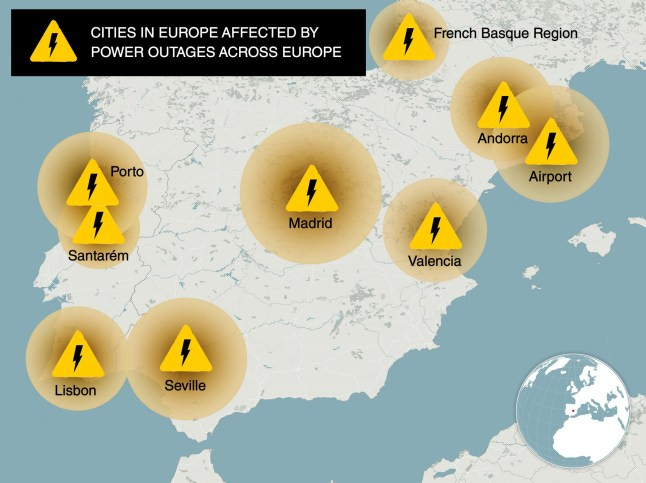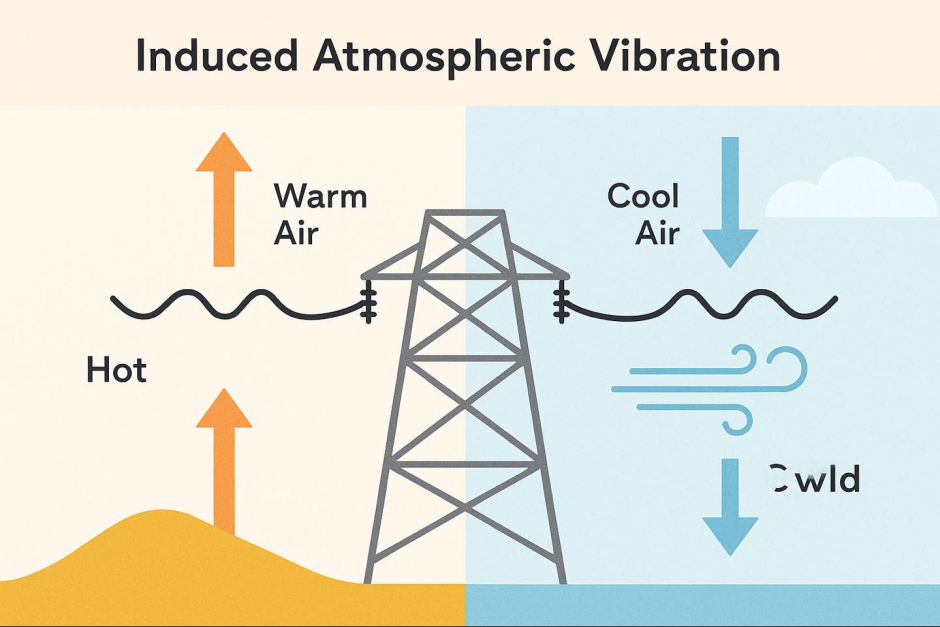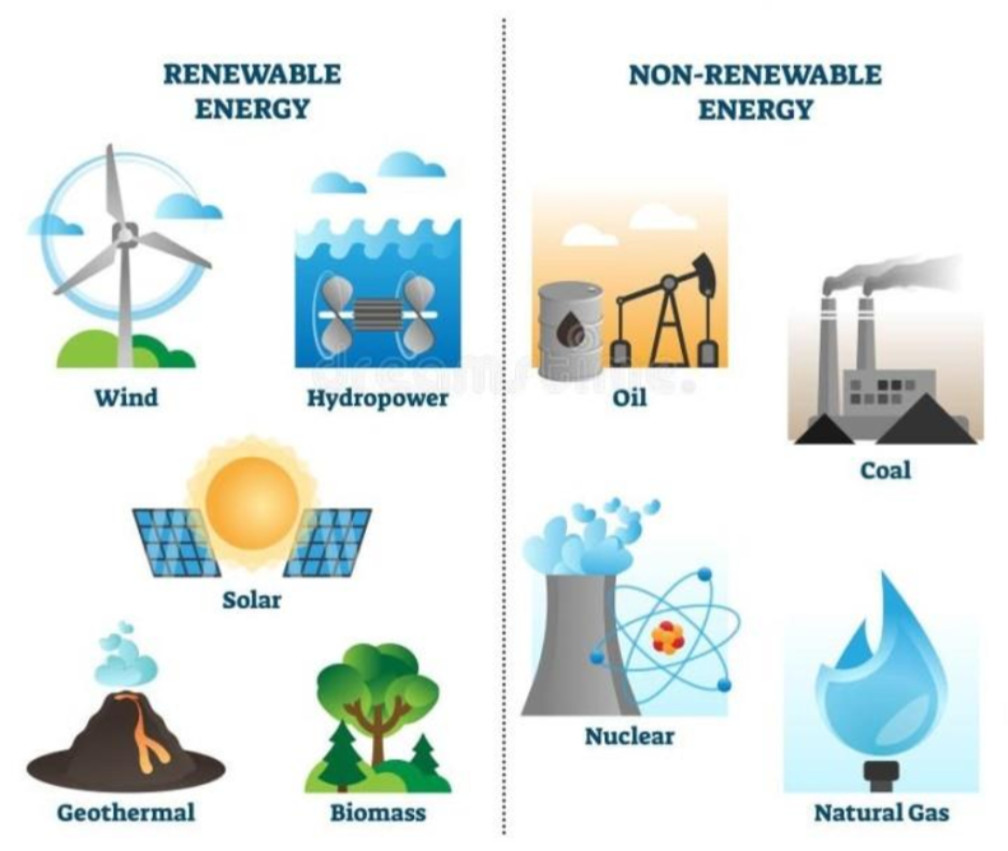By Madge Waggy
MadgeWaggy.blogspot.com
May 13, 2025
In late April 2025, Europe experienced a catastrophic power grid failure that left millions without electricity, disrupted critical services, and exposed deep vulnerabilities in one of the world's most advanced energy systems.
The blackout, which primarily affected Spain, Portugal, and parts of France, Germany, and Italy, was a stark reminder of our dependence on reliable power and the fragility of modern grids.
Let's explore what happened, the major challenges revealed, and practical steps individuals and societies can take to better prepare for such crises.
What Happened: A Snapshot of the 2025 Blackout
On April 28, 2025, at approximately 12:32 CEST, a critical high-voltage interconnector between France and Spain failed, triggering a massive blackout across the Iberian Peninsula and beyond.
Spain lost 15 gigawatts of power-roughly 60% of its demand-while Portugal saw 85 of its 89 power substations go offline.
The outage rippled through parts of France, Germany, and Italy, affecting an estimated 20 million people.

The immediate consequences were severe:
Urban Paralysis
Major cities like Madrid, Barcelona, and Lisbon ground to a halt. Metro systems stopped, traffic lights failed, and airports faced delays.
Critical Infrastructure Strain
Hospitals switched to backup generators, but non-essential services were suspended. Telecommunications and water supply systems were disrupted.
Human Toll
Seven deaths in Spain were linked to the outage, including cases of carbon monoxide poisoning from improper generator use.
Partial power was restored within 24 hours in most areas, but full recovery took longer in remote regions.
The failure was attributed to a combination of factors: a technical fault in the interconnector, possibly exacerbated by extreme temperature variations in Spain (causing "induced atmospheric vibration" in power lines), and the grid's inability to handle sudden imbalances.
The high reliance on renewable energy sources (over 50% of Spain's and 60% of Portugal's electricity from wind and solar) and limited backup reserves amplified the crisis.
While cyberattacks were rumored, no evidence supported these claims.
This event, surpassing the scale of Europe's 2003 Italy blackout, highlighted the risks of interconnected, renewable-heavy grids in an era of climate change and aging infrastructure.
Major Challenges Exposed
The 2025 blackout revealed systemic weaknesses that must be addressed to prevent future crises. Here are the key challenges:
Fragile Interconnectivity
The failure of the France-Spain interconnector isolated Spain and Portugal, which have only 6% cross-border connection capacity-well below the EU's 15% target.
This "islanding" caused frequency instability, as the Iberian Peninsula lacked local reserves to stabilize the grid.
While interconnected grids boost efficiency, they can turn local faults into regional catastrophes without robust safeguards.
Renewable Energy's Stability Gap
Spain and Portugal's heavy reliance on wind and solar power, while admirable, left the grid vulnerable.
Renewables are intermittent and lack the inertia of traditional power plants (e.g., coal, gas, or nuclear), which help stabilize frequency during disruptions.
Insufficient battery storage, pumped hydro, or gas turbines meant the grid couldn't quickly compensate for the loss of imported power.
Climate-Induced Stressors
Extreme weather played a role, with temperature swings in Spain potentially causing power line oscillations.
Climate change is increasing the frequency of heatwaves, storms, and wildfires, all of which threaten aging infrastructure.
For example, a fire in southwest France briefly disrupted a power line, compounding the crisis.
Inadequate Backup Systems
The grid lacked enough fast-reacting reserves to balance supply and demand.
Spain and Portugal's limited storage and flexible generation capacity couldn't prevent cascading shutdowns.
This gap underscores the need for investment in scalable solutions like battery arrays and demand-response systems.
Societal Vulnerability
The outage exposed how deeply modern life depends on electricity. From water pumps to internet access, critical systems faltered.
Small businesses, like restaurants, faced significant losses, while households struggled without lighting, refrigeration, or communication. The deaths linked to generator misuse highlight a lack of public preparedness.
Operational and Cyber Risks
While human error wasn't confirmed, past European outages (e.g., 2006 Germany) have stemmed from miscalculations or poor coordination.
The complexity of managing digitalized, interconnected grids increases the risk of mistakes.
Cybersecurity is also a growing concern, as digitized systems are prime targets, even if no attack occurred here.
How to Prepare Better: Practical Steps for Resilience
The 2025 blackout offers actionable lessons for individuals, communities, and policymakers.
Here's how we can build a more resilient future:
Bolster Grid Infrastructure
Enhance Interconnectors: Increase cross-border capacity and diversify connection points to prevent islanding. Spain and Portugal should prioritize links with France and North Africa.
Modernize Infrastructure
Replace aging power lines with climate-resilient designs, such as underground cables, to withstand extreme weather.
Scale Up Reserves
Invest in battery storage, pumped hydro, and gas turbines to provide rapid response during disruptions.
Portugal's Castelo do Bode hydropower dam, which aided recovery, is a model for "black start" facilities.
Balance Energy Portfolios
Maintain a mix of energy sources, including nuclear and gas, to provide stability alongside renewables.
Nuclear power, as emphasized in Middle Eastern responses to the crisis, offers reliable baseload power.
Promote distributed energy, like rooftop solar with home batteries, to reduce reliance on central grids and empower communities.
Leverage Technology
Smart Grids: Deploy data-driven systems to optimize energy flows and predict demand, improving stability.
These must be secured against cyber threats.
Real-Time Monitoring: Expand grid observability, as recommended by ENTSO-E, to detect and mitigate faults faster.
Demand Management: Encourage programs that incentivize reduced usage during peak times, easing grid strain.
Foster Individual and Community Preparedness
Household Emergency Kits
Stock flashlights, batteries, non-perishable food, water, and first-aid supplies for at least 72 hours. Portable power banks and solar chargers can keep devices operational.
Safe Generator Use
Educate households on proper generator ventilation to prevent carbon monoxide poisoning, a tragic outcome in Spain.
Community Hubs
Establish local centers with backup power and communication systems to support residents during outages. Schools or community centers can serve this role.
Public Awareness
Launch campaigns to teach blackout preparedness, similar to earthquake drills, focusing on energy conservation and safety.
Adapt to Climate Risks
Integrate climate resilience into energy planning, such as clearing vegetation near power lines (a factor in the 2024 Balkan outage) and designing infrastructure for extreme weather.
Individuals can adopt energy-efficient appliances and participate in demand-response programs to reduce grid pressure.
Improve Crisis Communication
Authorities should use trusted channels to provide timely updates and counter misinformation, like the false cyber attack rumors during the blackout.
Businesses can adopt tools like safe REACH to coordinate responses and alert stakeholders quickly.
The Path Forward
The 2025 European blackout was a sobering lesson in the fragility of our energy systems.
The transition to renewables, while critical for sustainability, must be paired with investments in grid stability, redundancy, and climate resilience.
Interconnected systems require stronger safeguards to prevent cascading failures.
At the societal level, we must recognize electricity as the backbone of modern life and prioritize preparedness at every scale.
For individuals, this means taking simple steps—stocking emergency supplies, learning safe generator use, and advocating for local resilience.
For policymakers, it's a call to balance ambition with pragmatism, drawing inspiration from regions like the Middle East, where nuclear power and strategic reserves offer stability.
By acting now, we can ensure that the next crisis doesn't leave us powerless.
What's Your Plan?
Have you prepared for a potential blackout, or has this event changed your perspective?
Share your thoughts in the comments, and let's build a community ready for the challenges ahead.
Important below:
Today I'd like to share with you a " 3-second survival hack" you can use to skyrocket your chances of protecting your loved ones during ANY crisis.
This technique is so powerful it can give you almost superhuman powers during the ugliest nightmares imaginable....
From natural disasters like earthquakes or tornadoes...
To explosive situations like mass shootings or even nationwide martial law.
And It doesn't matter if you're out of shape...
Or have no equipment...
Or even if you're disabled living in a wheelchair.
This technique has been tested and proven by elite soldiers and real world "miracle" survivors from around the world.

